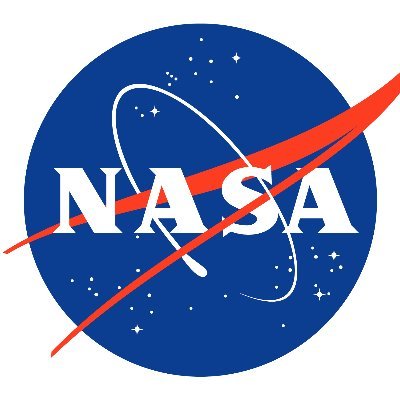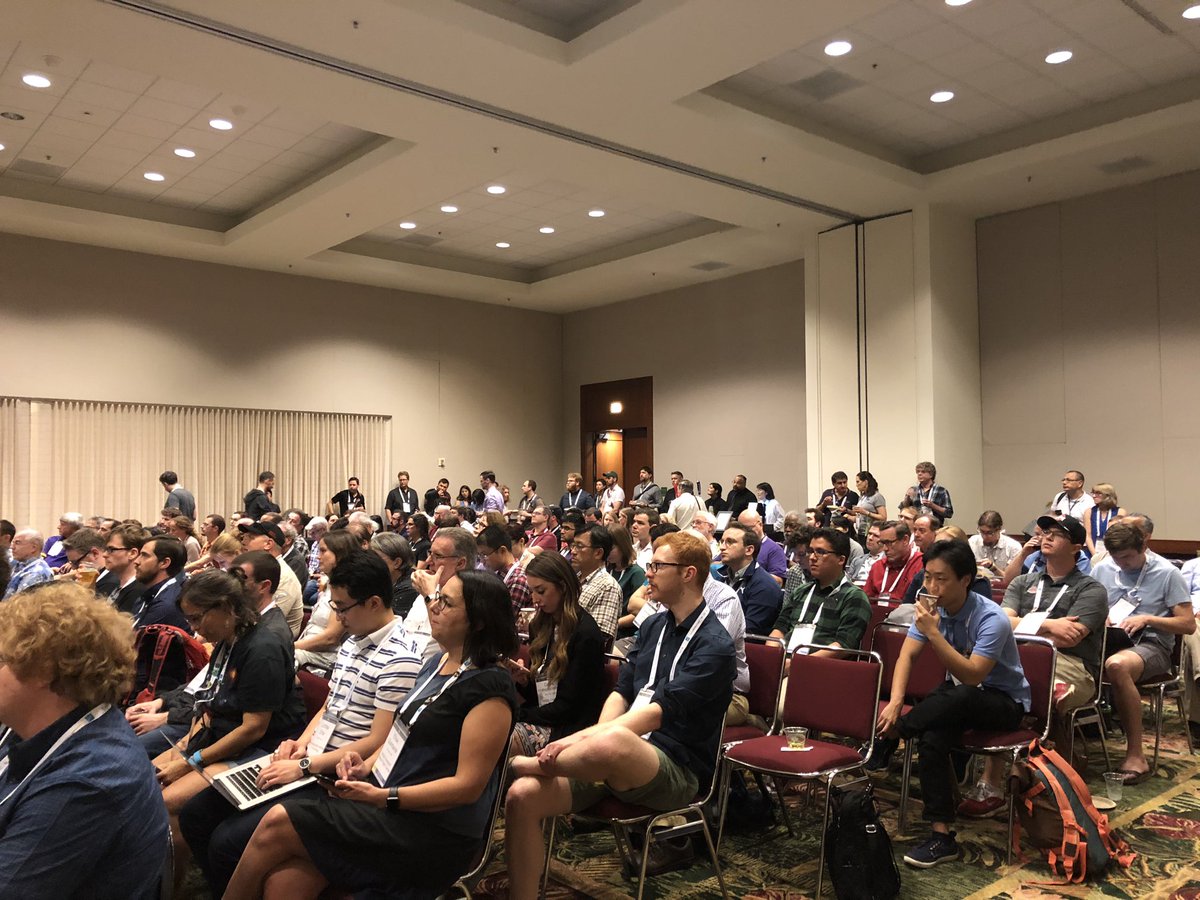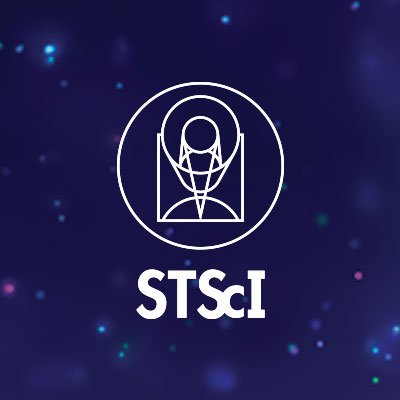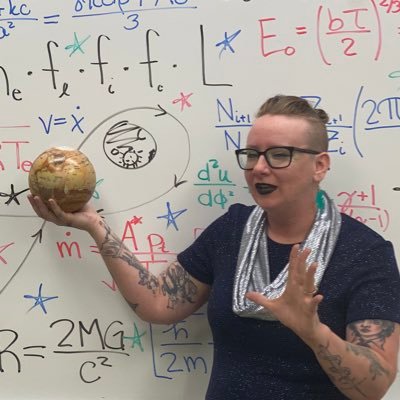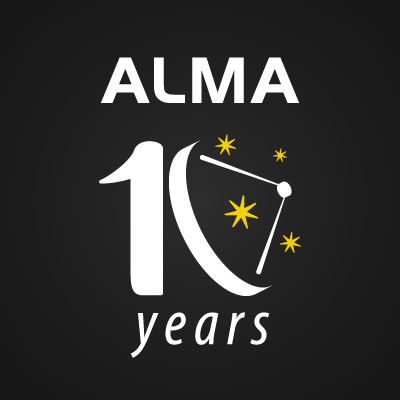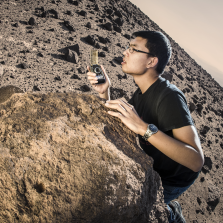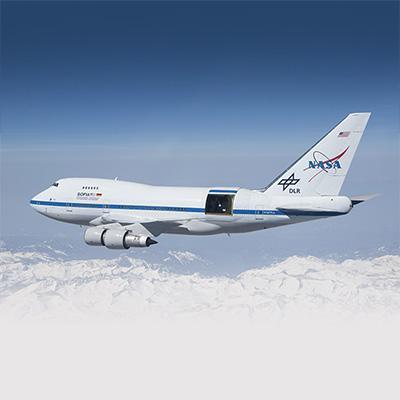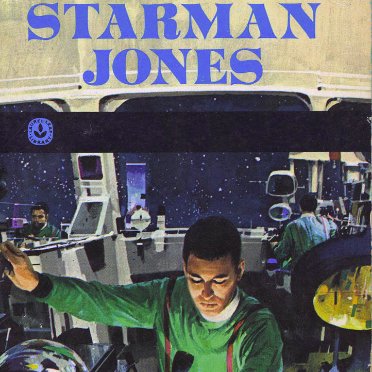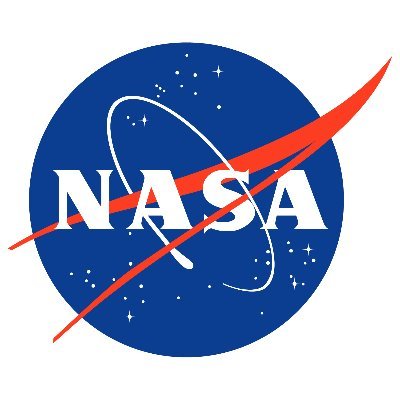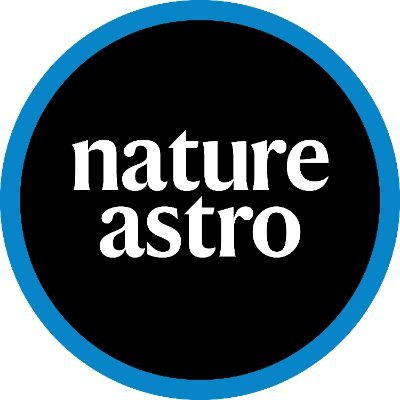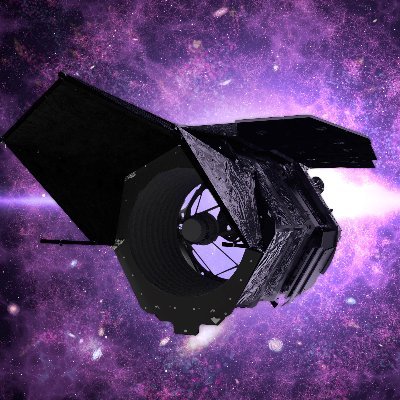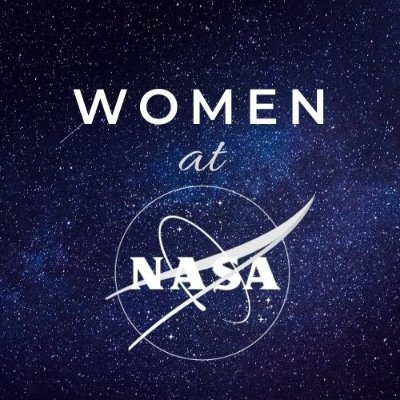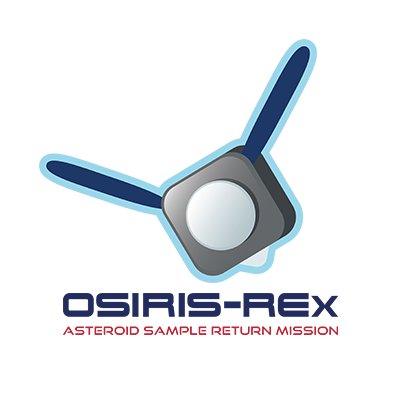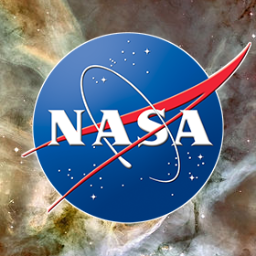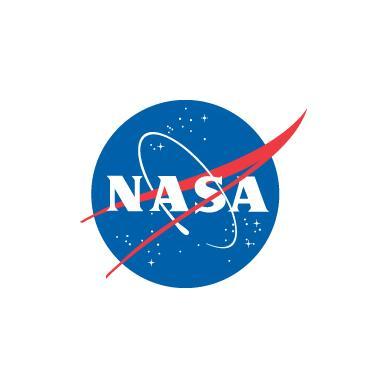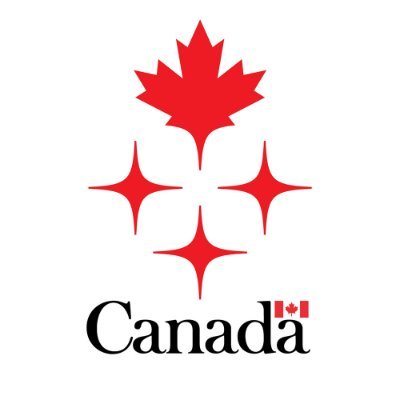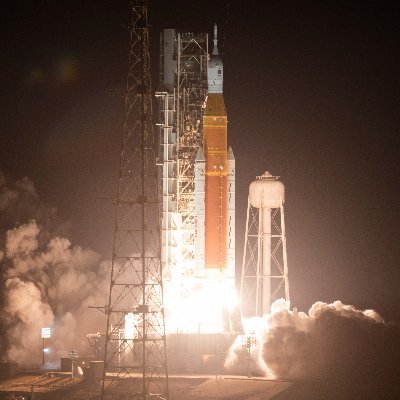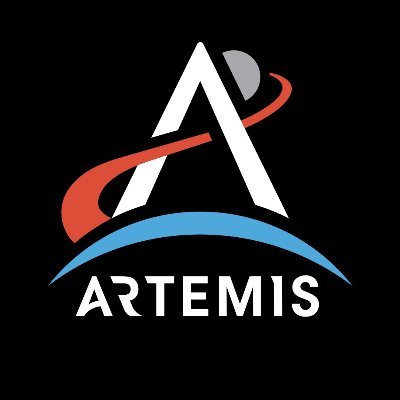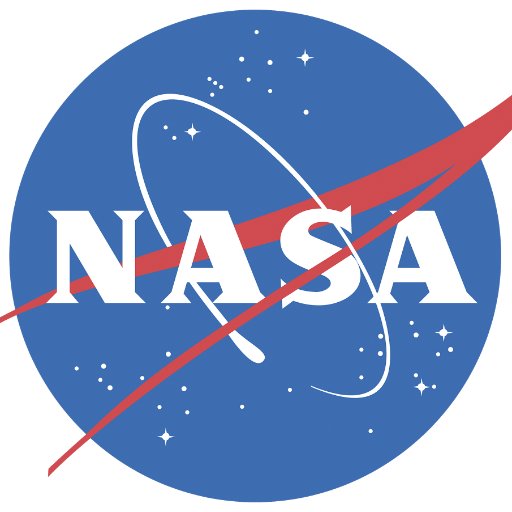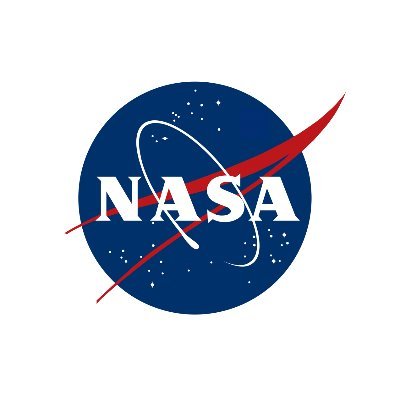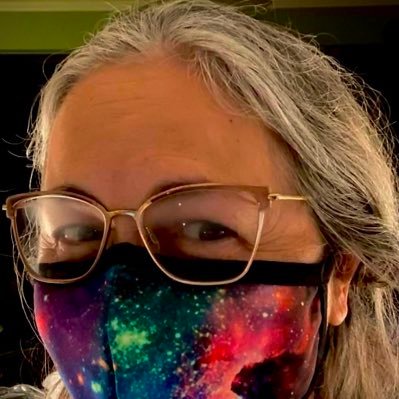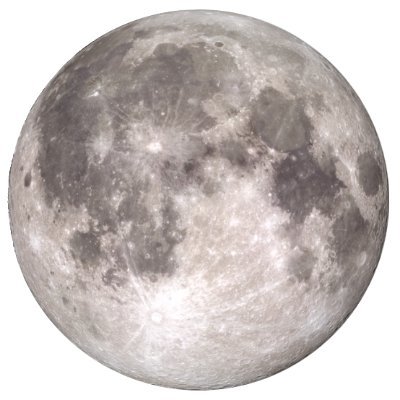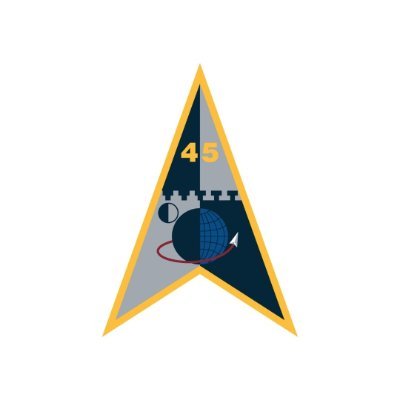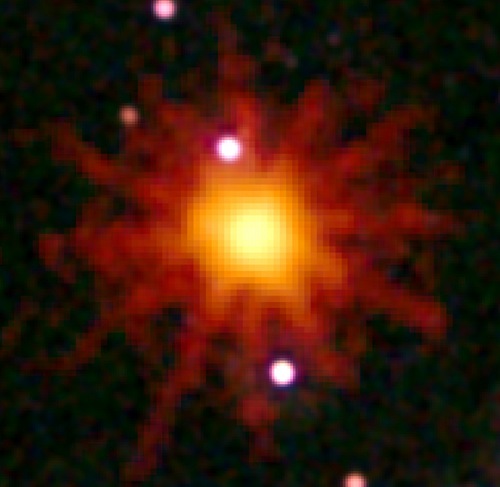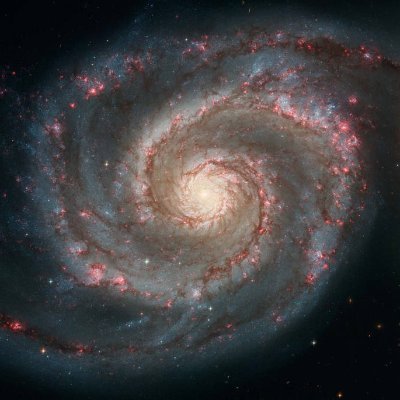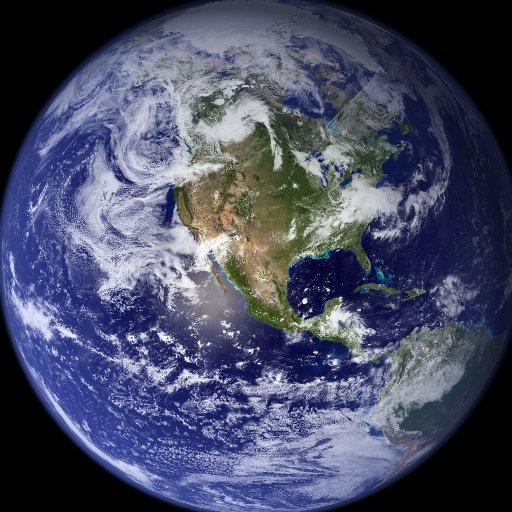
NASA_TESS
@NASA_TESSWe've moved! Please follow us @NASAExoplanets & @NASAUniverse for the latest on NASA's Transiting Exoplanet Survey Satellite (TESS).
Similar User

@NASA_Langley

@NASA_Orion

@NASAArmstrong

@NASAAmes

@NASAGoddard

@chandraxray

@SETIInstitute

@esascience

@NASA360

@NASAIVV

@exploreplanets

@BepiColombo

@NASANewHorizons

@NASASun

@NASA_LSP
We've moved! For the latest updates on the Transiting Exoplanet Survey Satellite (TESS), please follow @NASAExoplanets & @NASAUniverse You can always keep track of us at nasa.gov/tess-transitin….
ICYMI! #AAS235
Our @NASAExoplanets mission @NASA_TESS has found its first planet with two suns ☀️☀️, located 1,300 light-years away in the constellation Pictor. A @NASAGoddard intern examined TESS data, first flagged by citizen scientists, to make this discovery: go.nasa.gov/2ZZVtSJ
The final speaker of the #AAS235 @NASA_TESS splinter session is Eliza Kempton. She highlighted how many of the exoplanets being discovered by TESS are prime targets for @NASAWebb - JWST can be used to reveal the properties of the atmospheres of exoplanets!


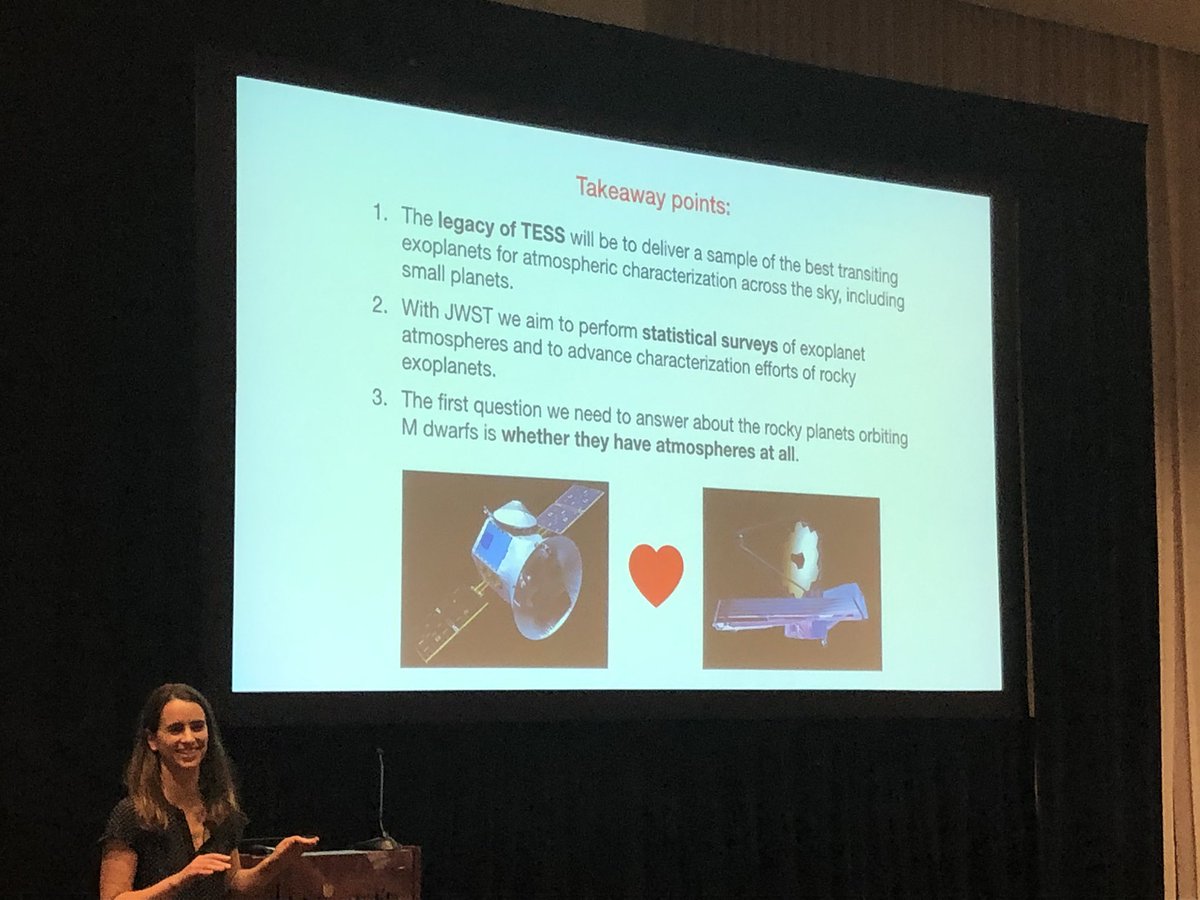
Roland Vanderspek, Deputy PI of @NASA_TESS, is excited for TESS’s first extended mission. While the prime mission will end in July 2020, the extended mission will start shortly after. #AAS235
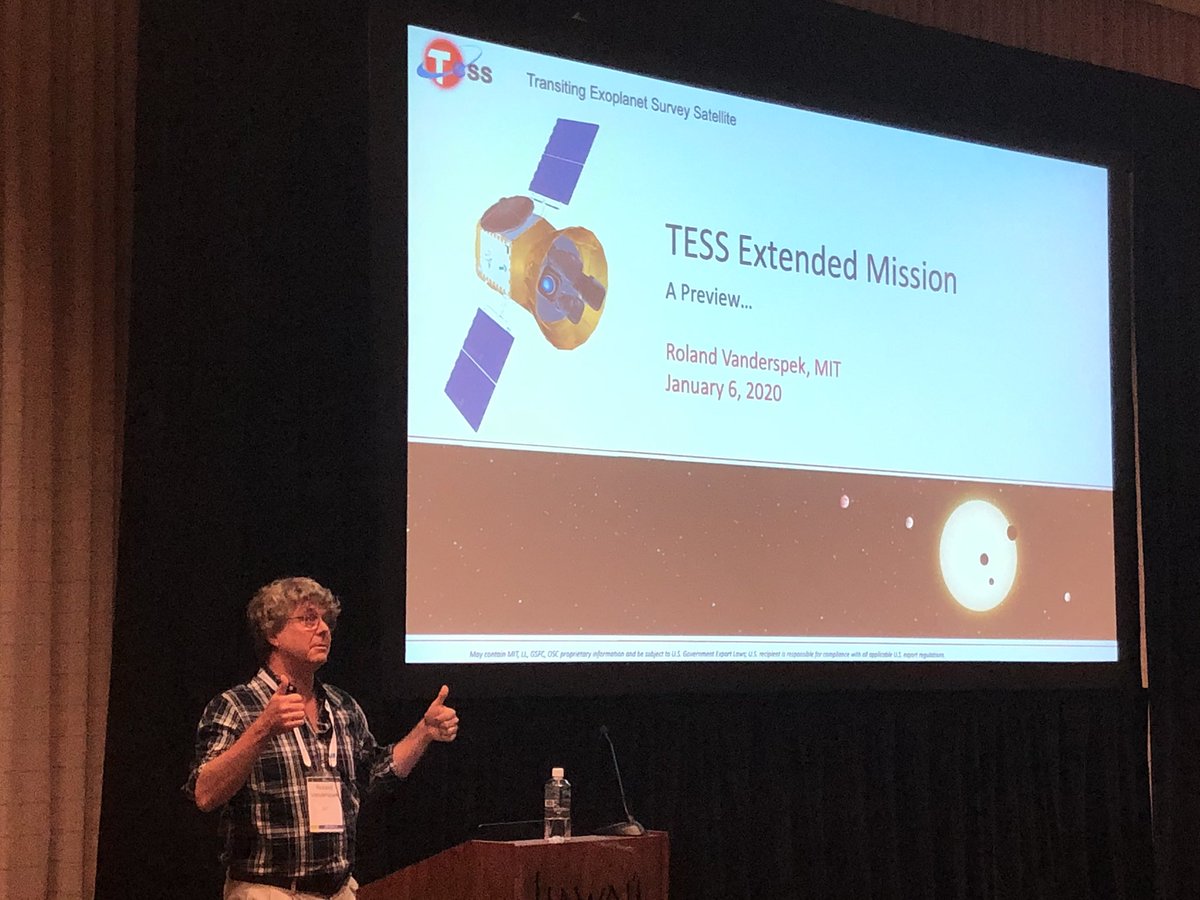
.@NASA_TESS data pair well with data from and tools used for other missions like the NASA Kepler and K2 missions! Christina Hedges talked about the Kepler/K2/TESS connection at our splinter session at #AAS235.

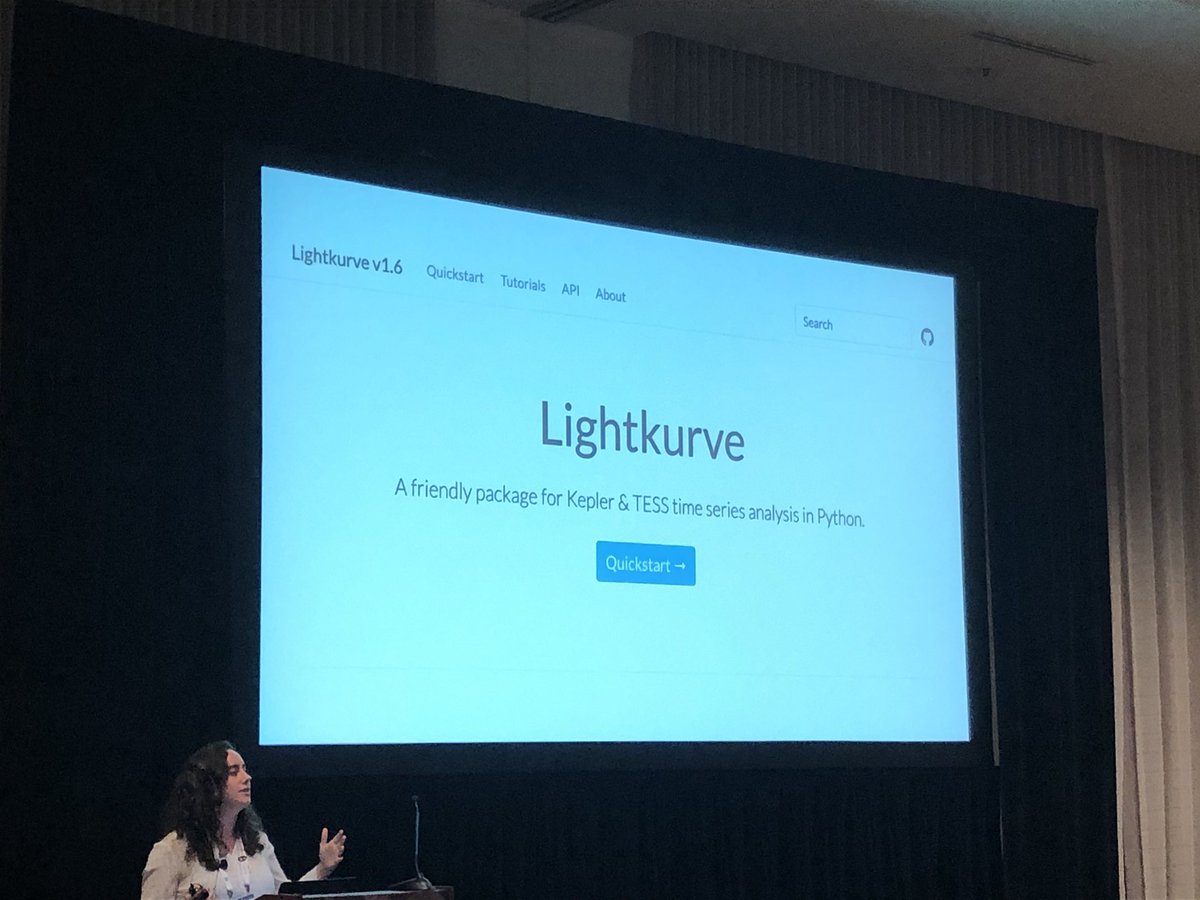
Did you know @NASA_TESS also studies objects outside of our galaxy? Krista Smith told us all about how TESS does this at #AAS235.


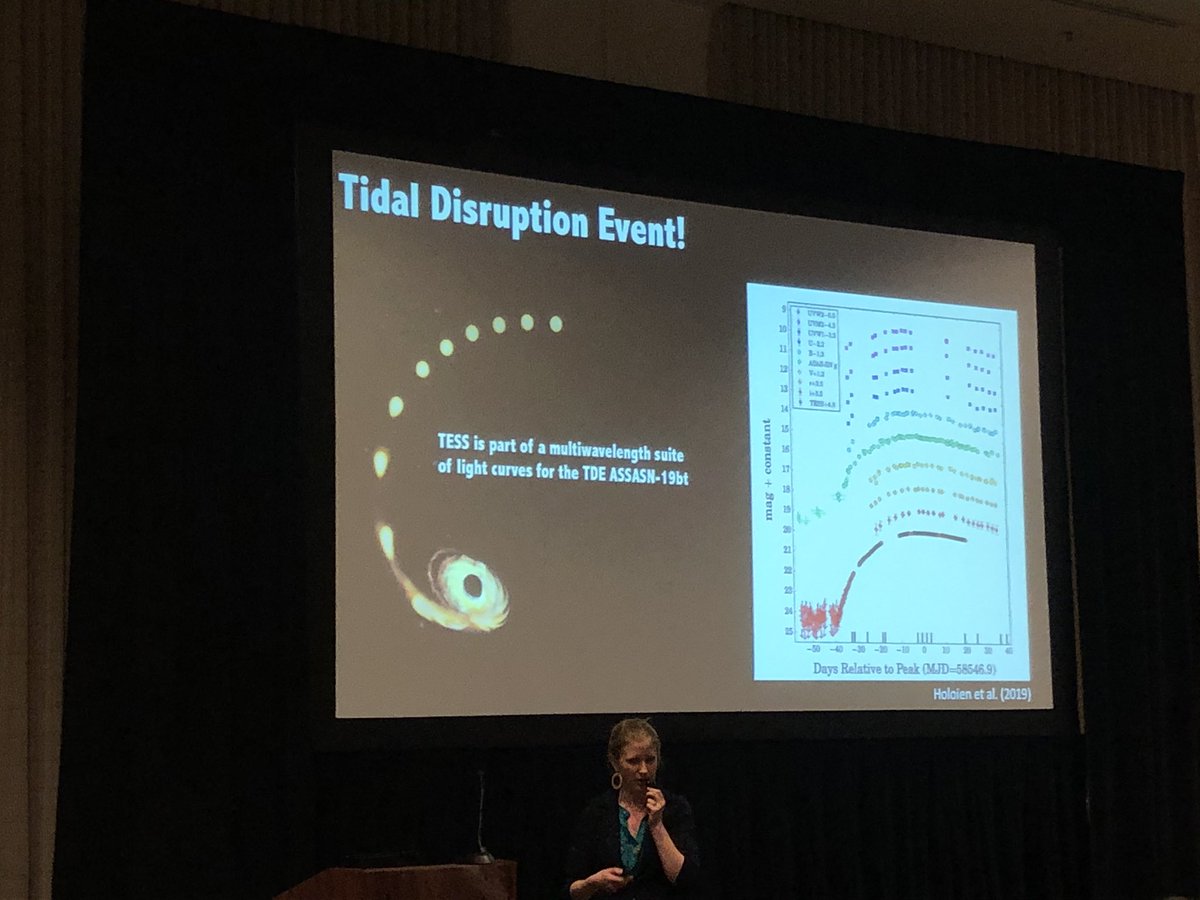
When @NASA_TESS searches for new exoplanets, it is actually studying stars too! James Davenport discussed the variety of stellar astrophysics we can learn about from @NASA_TESS #AAS235


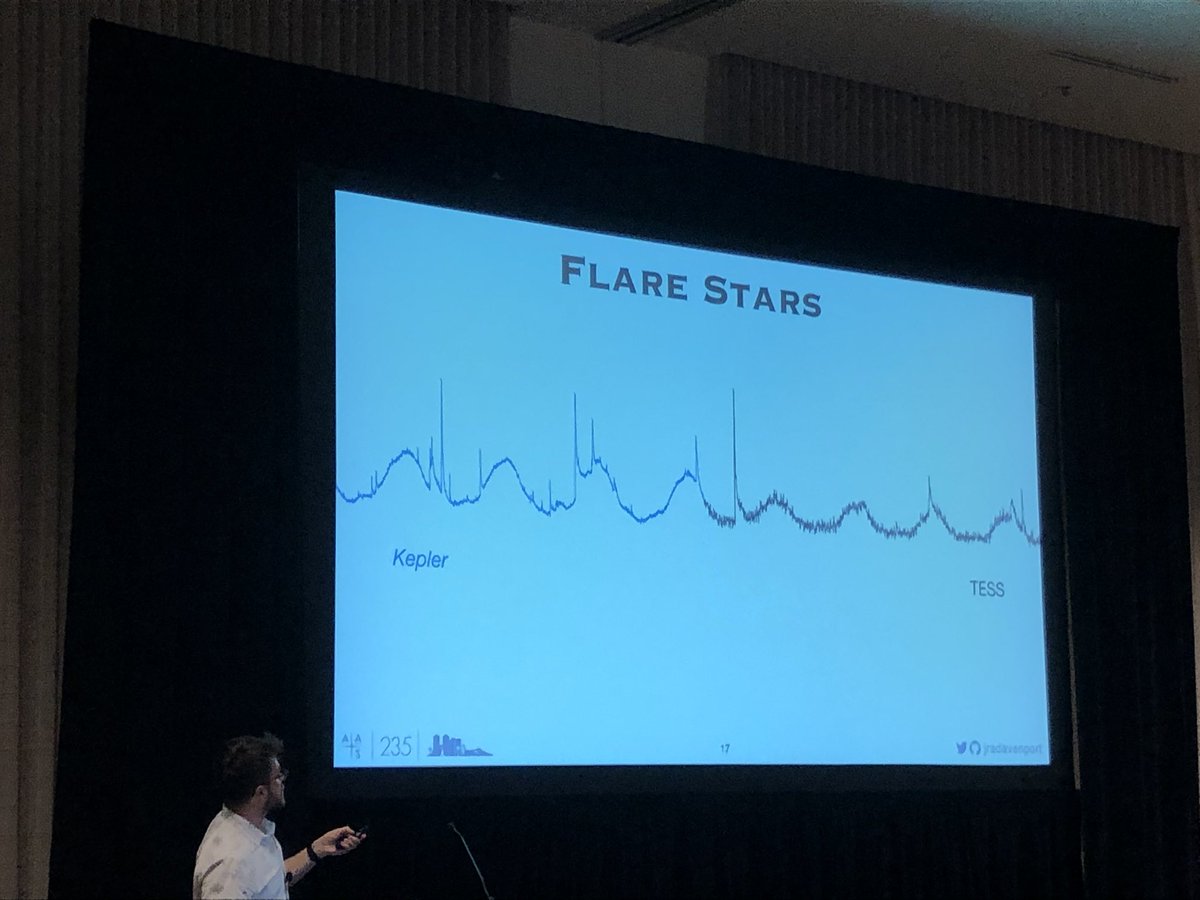
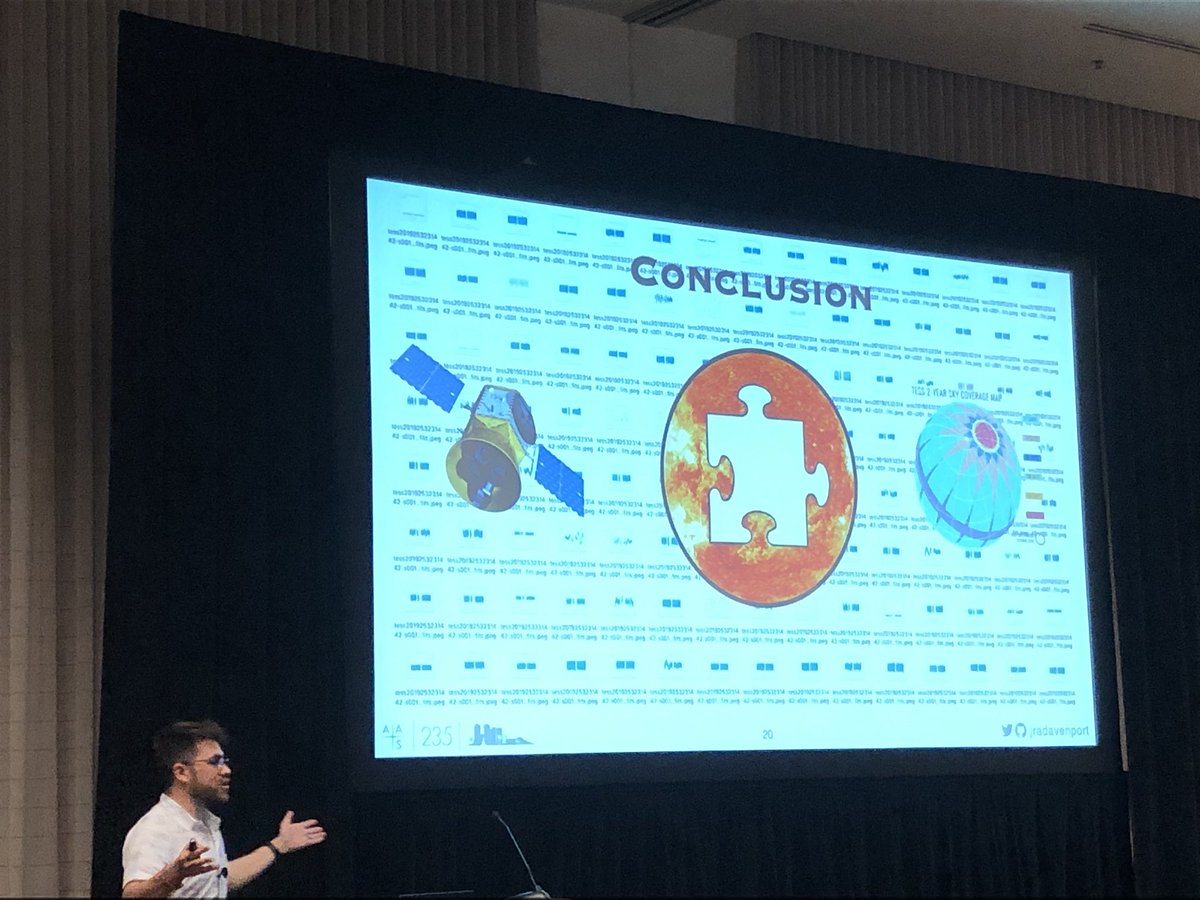
Next up at the @NASA_TESS splinter is Andrew Vanderburg, speaking on the incredible exoplanets TESS has discovered in its first year of science. #AAS235

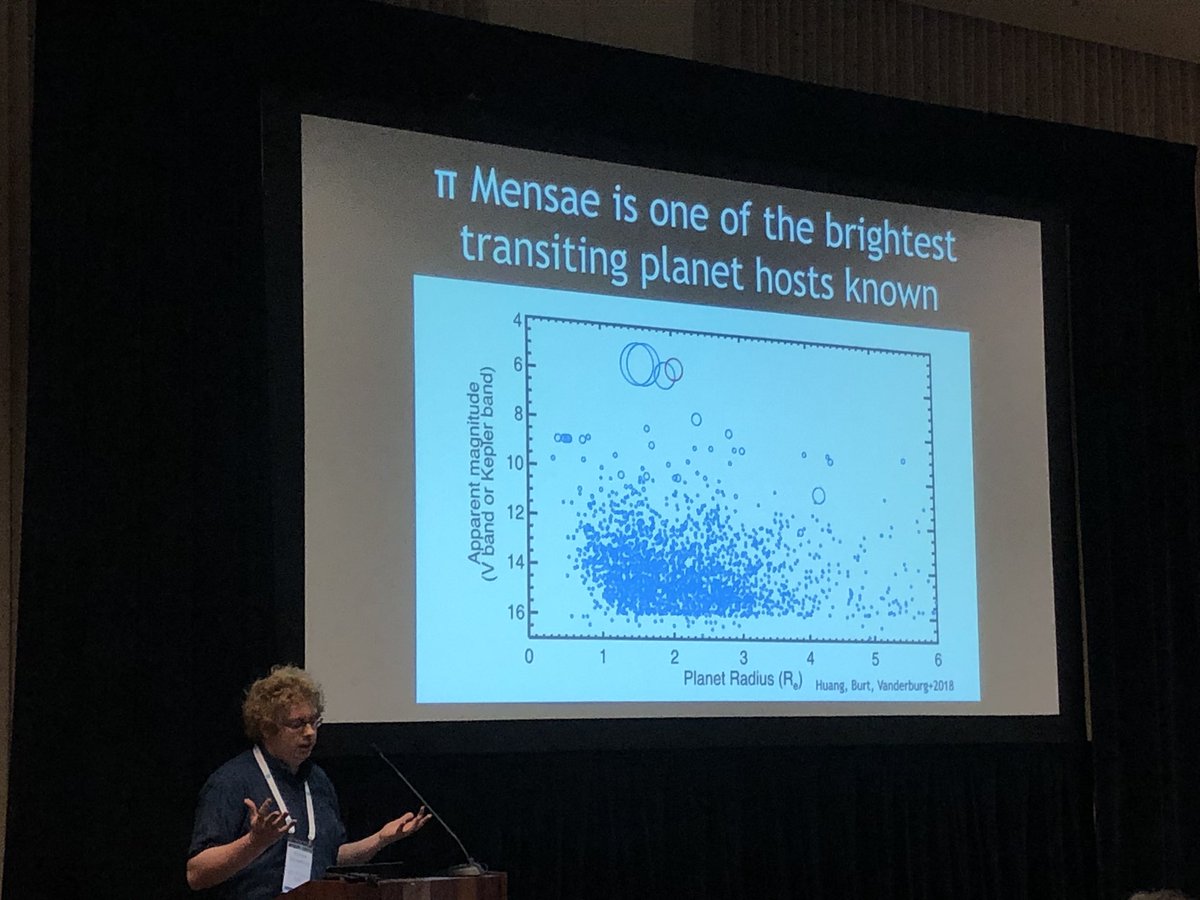

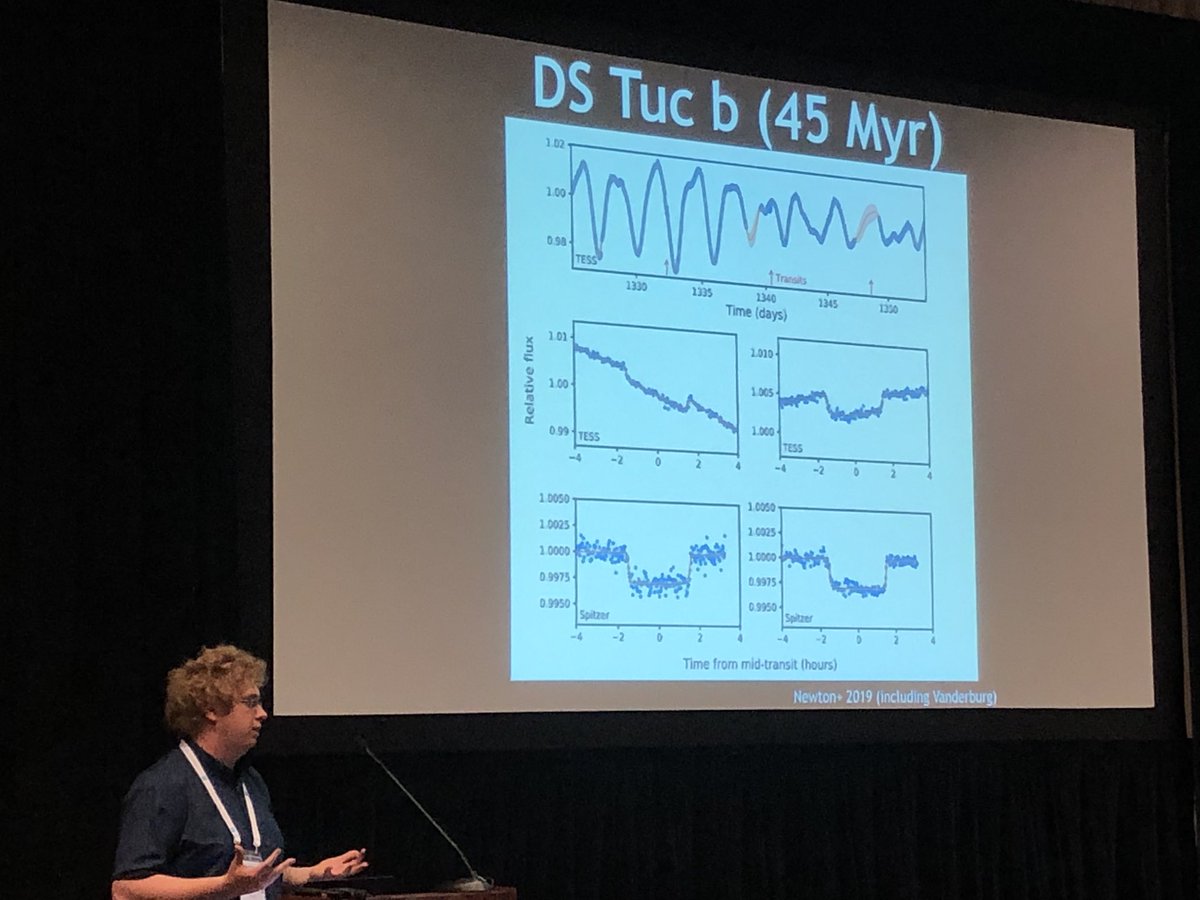
ICYMI - If you are at #AAS235, join us for more @NASA_TESS fun in about two hours from now, at our evening splinter session!

Scientists used @NASAspitzer to confirm the discoveries and to model the potential environments for TOI 700 d. The planets' star is a small, cool M dwarf just over 100 light-years💡⤳ away in the constellation Dorado.

📣Discovery Alert!📣 Meet three new exoplanets discovered by @NASA_TESS One of the planets, TOI 700 d, is an Earth-sized🌍 world in its star's habitable zone (where liquid water💧 *could* exist on the surface). 👋TOI 700 b, c & d! We see you. go.nasa.gov/2T12IbI

Astronomers using data from NASA’s TESS were surprised to find that Alpha Draconis, a star visible to the naked-eye, undergoes mutual eclipses with its fainter companion star. The brief six-hour eclipses were easy for ground-based observatories to miss. go.nasa.gov/2uhnrxx
Surprise! The bright, naked-eye star known as Alpha Draconis that has been studied for centuries was just discovered to be an eclipsing binary star by @NASA_TESS Learn more here: nasa.gov/feature/goddar… #AAS235
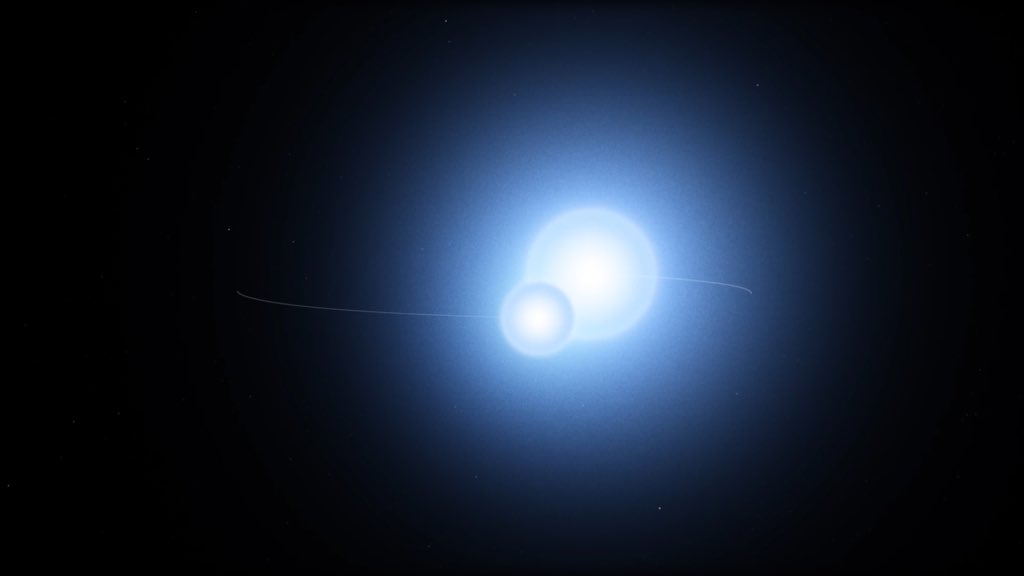
A signal that was originally thought to be from a stellar eclipse in the TOI 1338 system turned out to be from a new world! This planet became TESS’s first circumbinary planet, a world orbiting two stars. go.nasa.gov/36vBpdy
.@NASA_TESS has discovered its first circumbinary planet! As shown in this artist impression, this planet orbits around two stars with a period ranging from 93 to 95 days. Learn more here: nasa.gov/feature/goddar… #AAS235
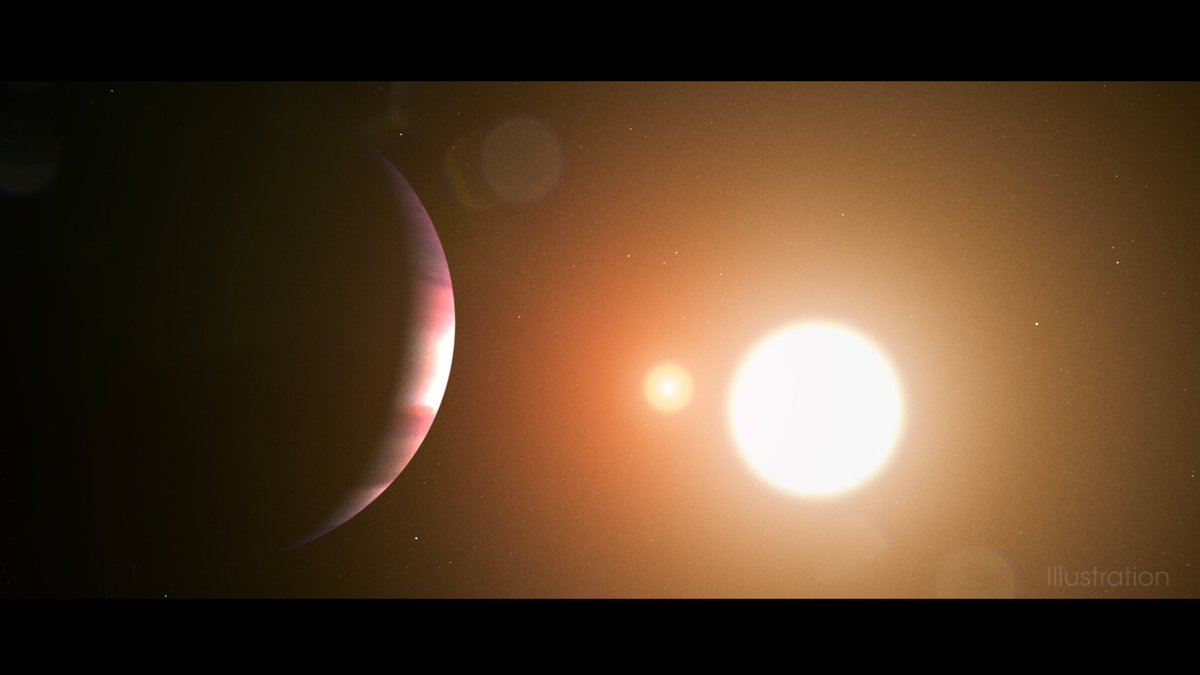
NASA’s TESS discovered its first Earth-size planet in a star’s habitable zone, the range of distances where conditions may be just right to allow the presence of liquid water on the surface. @NASAspitzer followed up and confirmed it. go.nasa.gov/2QrTiEv
.@NASA_TESS has discovered a system of three planets that includes an Earth-size planet in the habitable zone of the cool host star. Read more here: nasa.gov/feature/goddar… #AAS235
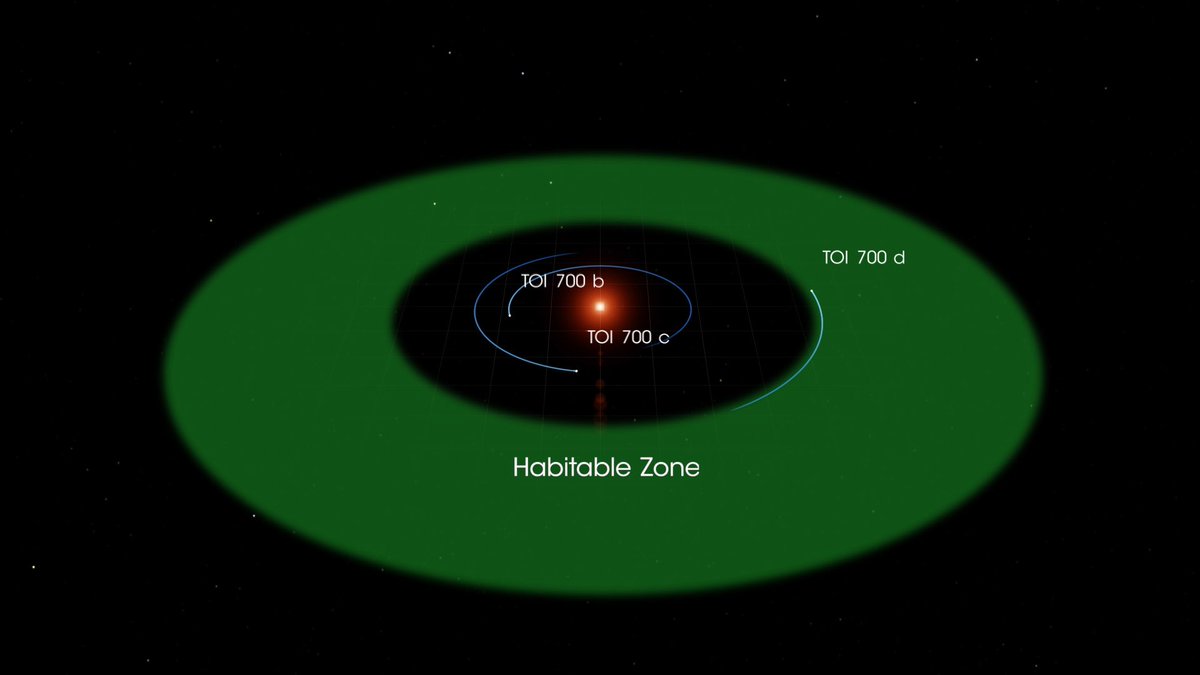
Otherworldly discoveries alert! Find out the latest @NASAExoplanets findings from our planet-hunting TESS mission. Watch live: nasa.gov/nasalive #AAS23
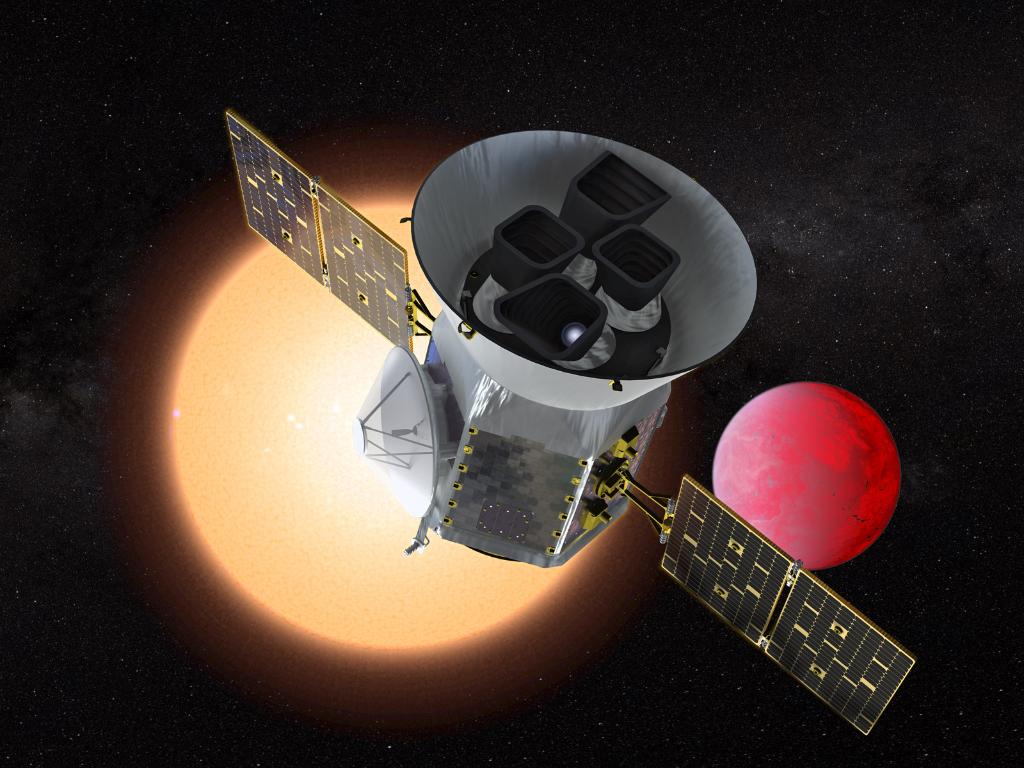
United States Trends
- 1. $MAYO 9.813 posts
- 2. $CUTO 7.454 posts
- 3. Tyson 378 B posts
- 4. Pence 42,7 B posts
- 5. Laken Riley 34,8 B posts
- 6. Ticketmaster 15,9 B posts
- 7. Dora 22 B posts
- 8. Mike Rogers 6.139 posts
- 9. Cenk 9.320 posts
- 10. Kash 66,6 B posts
- 11. Mr. Mayonnaise 1.344 posts
- 12. Pirates 18 B posts
- 13. #FursuitFriday 15,2 B posts
- 14. Iron Mike 15,6 B posts
- 15. The UK 432 B posts
- 16. #LetsBONK 3.726 posts
- 17. DeFi 106 B posts
- 18. Al Gore 3.115 posts
- 19. Scholars 10,8 B posts
- 20. Oscars 13,6 B posts
Who to follow
-
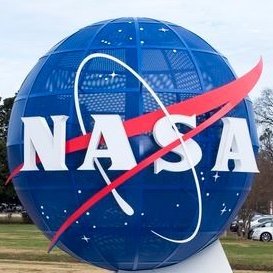 NASA Langley Research Center
NASA Langley Research Center
@NASA_Langley -
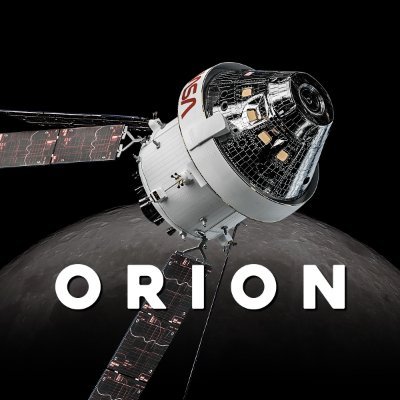 Orion Spacecraft
Orion Spacecraft
@NASA_Orion -
 NASA Armstrong
NASA Armstrong
@NASAArmstrong -
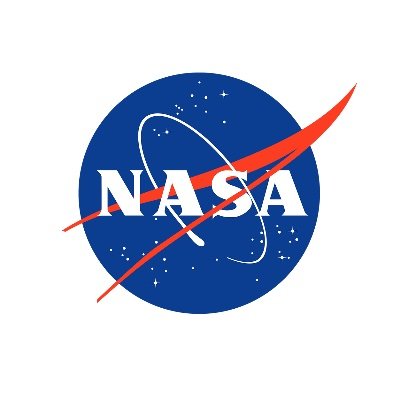 NASA Ames
NASA Ames
@NASAAmes -
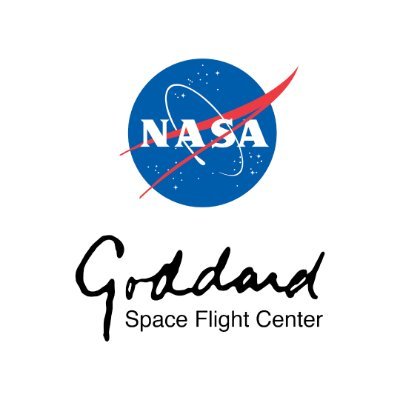 NASA Goddard
NASA Goddard
@NASAGoddard -
 Chandra Observatory
Chandra Observatory
@chandraxray -
 The SETI Institute
The SETI Institute
@SETIInstitute -
 ESA Science
ESA Science
@esascience -
 NASA 360
NASA 360
@NASA360 -
 NASA's IV&V Program
NASA's IV&V Program
@NASAIVV -
 Planetary Society
Planetary Society
@exploreplanets -
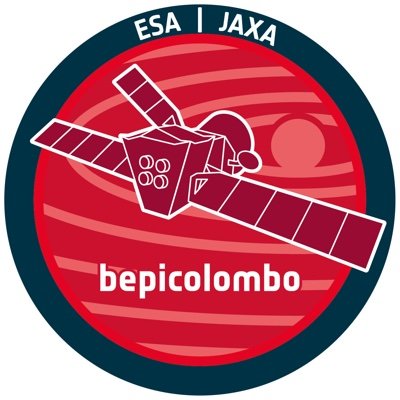 BepiColombo
BepiColombo
@BepiColombo -
 NASA New Horizons
NASA New Horizons
@NASANewHorizons -
 NASA Sun & Space
NASA Sun & Space
@NASASun -
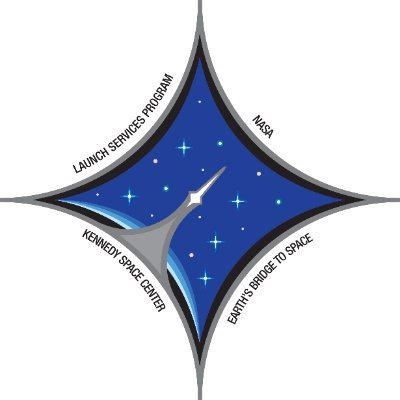 NASA's Launch Services Program
NASA's Launch Services Program
@NASA_LSP
Something went wrong.
Something went wrong.

